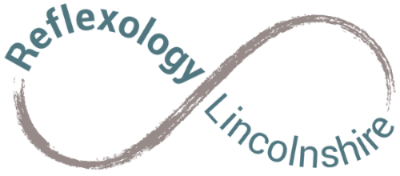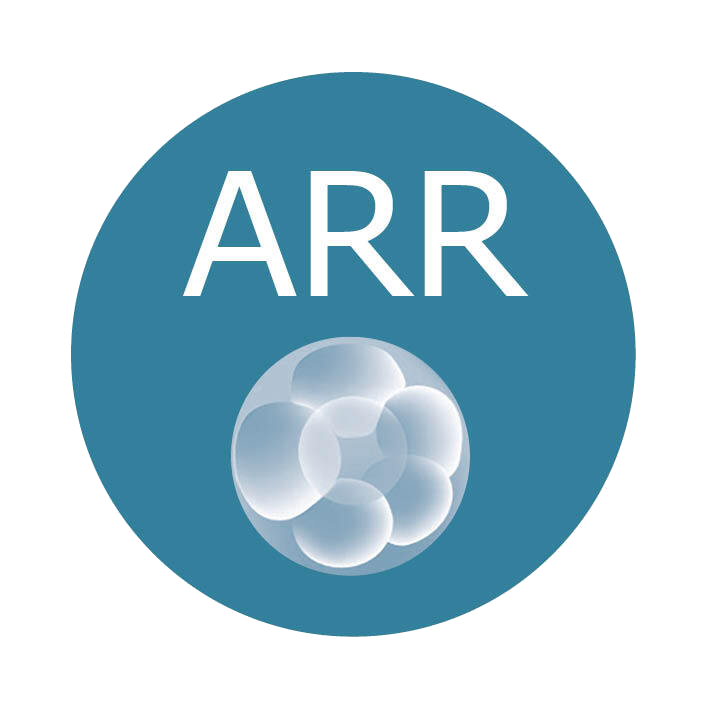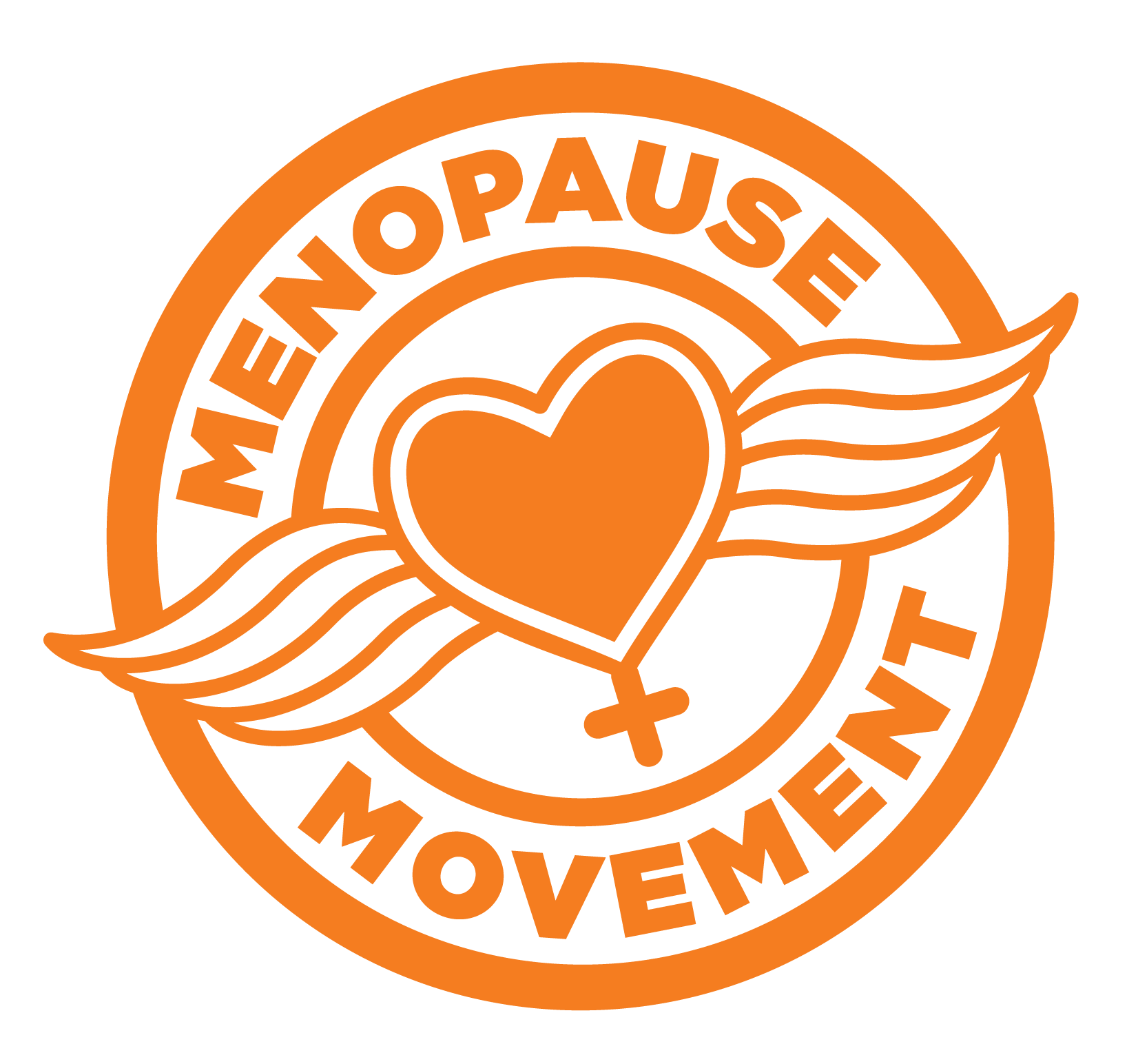The history of reflexology
Reflexology is certainly not a new therapy in fact the origins of reflexology dates back to 2500 BC to ancient Egypt. There is also evidence of some form of foot and hand therapy being practised in China as long as 2330 BC.
The main theoretical basis of reflexology is centred around the idea that all areas of the body are mapped on to areas of the feet and hands. Reflexology was developed from zone therapy first theorised by the American physician William Fitzgerald in the early 20th century. He discovered zone therapy as practised by North American Indians, they use pressure to the feet as a source of healing. Later in the 1930s Eunice Ingham developed this zone therapy into modern reflexology.
Reflexology is a non invasive complementary health therapy that promotes well-being. It is a touch therapy that is based on the theory that different points of the body such as the face, hands and feet correspond with other areas of the body and reflexologists work these points.
What is reflexology?
It involves applying gentle pressure to either the feet, hands , face or ears. It aims to bring about the state of relaxation and helps the body's own healing process. Reflexology works in a similar way to acupuncture or acupressure. Certain points on the face, ears, hands and feet correspond to organs and glands in the body , so by pressing and massaging these points it can stimulate energy pathways in the body.



